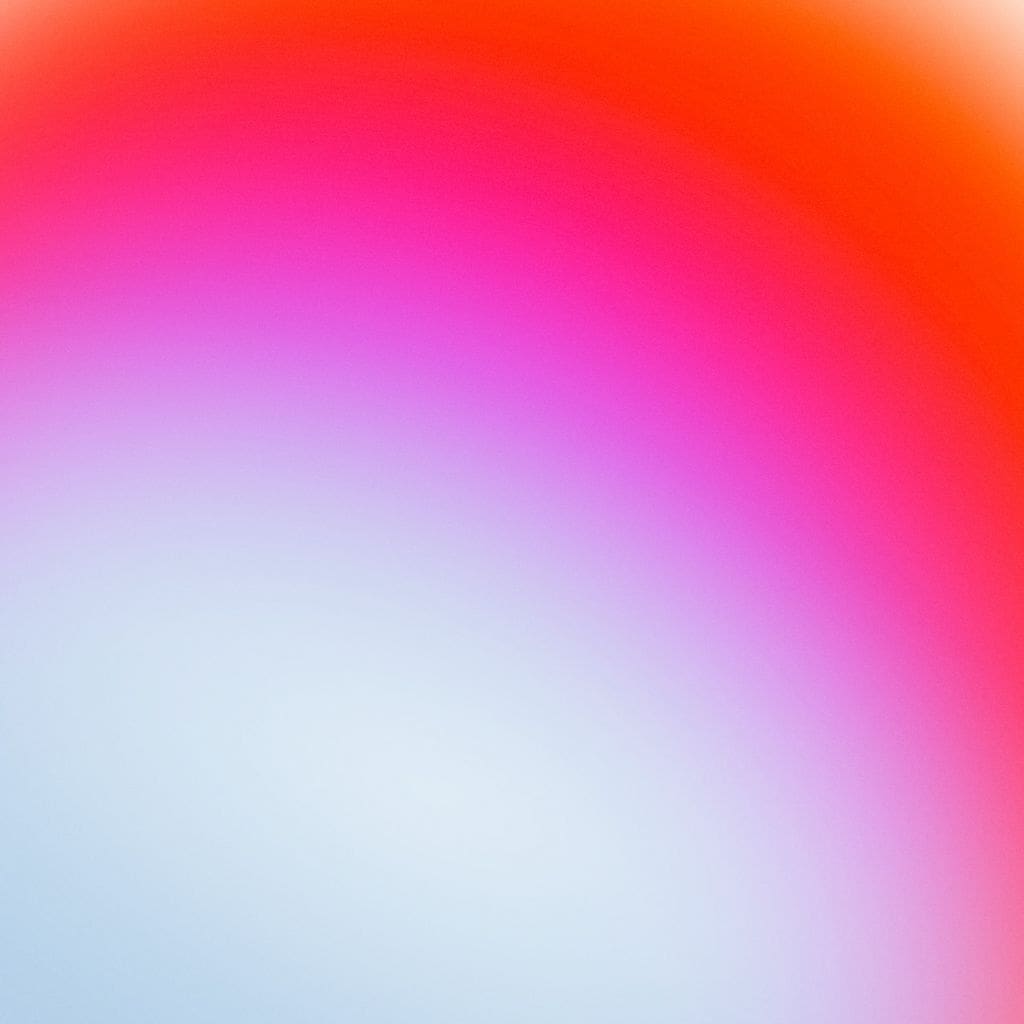Have you ever wondered why some movies elicit strong emotions you can’t get over quickly? Have you noticed that colors play a significant role in creating those emotions? Different colors evoke different emotions, and many filmmakers understand this.
Filmmakers understand that color theory is one of the most important aspects of video and storytelling. Colors can evoke different emotions in viewers, and using the right colors can help improve the storytelling process.
What is color theory?
Color theory is a key component of video and storytelling. In video and storytelling, color conveys emotions and creates a sense of depth. Storytelling is all about telling a story with different colors. Filmmakers use color theory technique to set the scene and make it more realistic to help people connect with the story more profoundly.
There are three main aspects of color: saturation, hue, and brightness. Hue is the color itself. Value is a color’s lightness or darkness, and saturation is the intensity of a color.
Color theory is an essential tool for any filmmaker. Color theory in film is not only used for mood and emotion, but it tells the audience when the scene is set. Colors also help define characters. For example, a character wearing warm, bright colors portrays a sunny disposition, energetic feel, and an outgoing personality. Characters wearing subdued colors tend to be calm, reserved, and serious.
Color concepts to consider
Picking a color palette for a film is not done randomly. The movie maker chooses the color palette based on each scene’s tone and mood. Here are some of the dominant color schemes used in video and storytelling.
Monochromatic color scheme
In filmmaking, a monochromatic color scheme is based on only one color to create a specific mood or feeling. This is when you use different shades, tints, and tones of a single color. The monochromatic scheme gives the film a more unified look and gives certain scenes more impact. Your films using a monochromatic scheme don’t have to be somber, but you can also produce brighter movies.
Complementary color scheme
Complementary colors sit on the opposite corners of the color wheel. When used together in one scene, they create contrasting drama. The mix of warm and cool colors used together creates a dynamic tension. Examples of complementary colors are green and red, orange and blue, etc. They make a satisfying visual impact when they artistically put in one scene.
Analogous color scheme
Analogous colors are neighbors or adjacent to each other in the color wheel. Filmmakers often choose analogous colors to create a cohesive and visually appealing effect. The whole idea is to mix colors that produce a sense of unity, harmony, or balance together.
Triadic color scheme
A triadic color scheme is when filmmakers use three evenly spaced colors around the color wheel. This combination creates a sense of excitement or tension, balance, and harmony. It can also effectively hold view attention. Using red, yellow, and blue in one scene is one example.
Examples of possible color meanings in film
In video and storytelling, each color represents many different meanings. Colors elicit different emotions and reactions from the viewers. Let’s take a look at some colors and what they portray:
- Red – is one of the most visible colors usually used to portray the color of anger, blood, danger, desire, excitement, fire, heat, passion, rage, violence, and war.
- Blue – in film, blue represents calm, cerebral, coldness, devotion, emotional depth, faith, harmony, isolation, loyalty, melancholy, passivity, spirituality, tranquility, trust, unity, and water.
- Pink – is the color associated with beauty, charm, empathy, femininity, innocence, playfulness, romance, and sweetness.
- Purple – is the color of eroticism, fantasy, mystery, mysticism, nobility, royalty, the ethereal, and the imaginary.
- Yellow – projects cowardice, creativity, deceit, fun, humor, idealization, insecurity, intellect, knowledge, lightness, logic, naivety, obsession, personal power, sickness, and wisdom.
- Orange – portrays exoticness, friendliness, happiness, humor, sociability, warmth, and youth.
- Green – represents acceptance, balance, communication, corruption, ecology, envy, harmony, healing, health, immaturity, love, nature, ominousness, and perseverance.
- Black – represents anger, anonymity, depth, elegance, evil, fear, formality, mystery, power, remorse, sadness, sexuality, sophistication, style, unhappiness, wealth,
- White – represents birth, cleanliness, clinical, cold, death (Eastern cultures), humility, innocence, love, marriage (Western cultures), peace, precision, protection, purity, reverence, simplicity, snow, sterility, winter, and youth.
Final Thoughts
Using color in video and storytelling can add variety, emotion, and a solid narrative to your videos. That’s why it’s essential to understand the color theory in film and the significance of colors. The next time you watch a film, note the colors and the powerful emotions those colors evoke in you.



